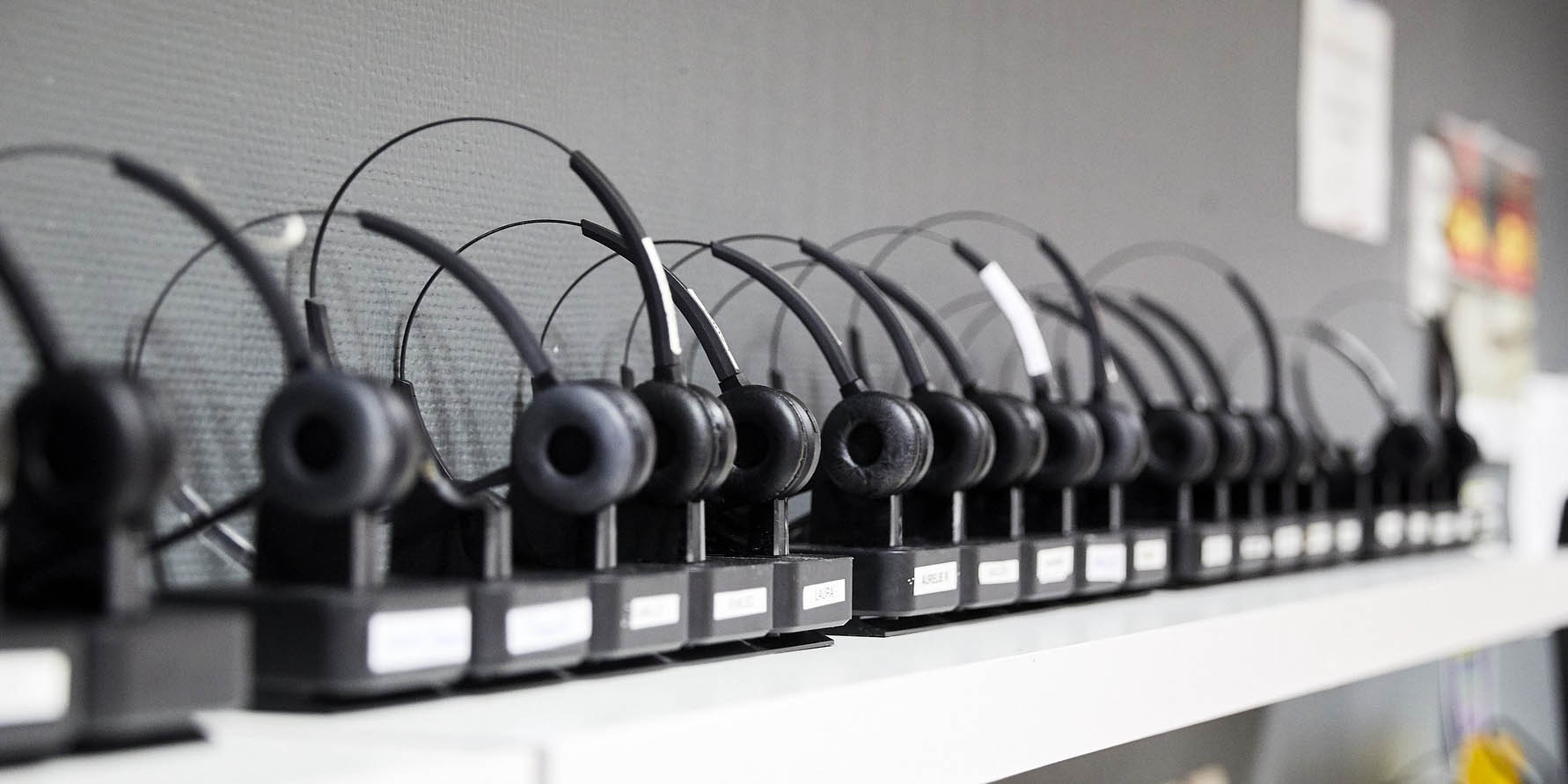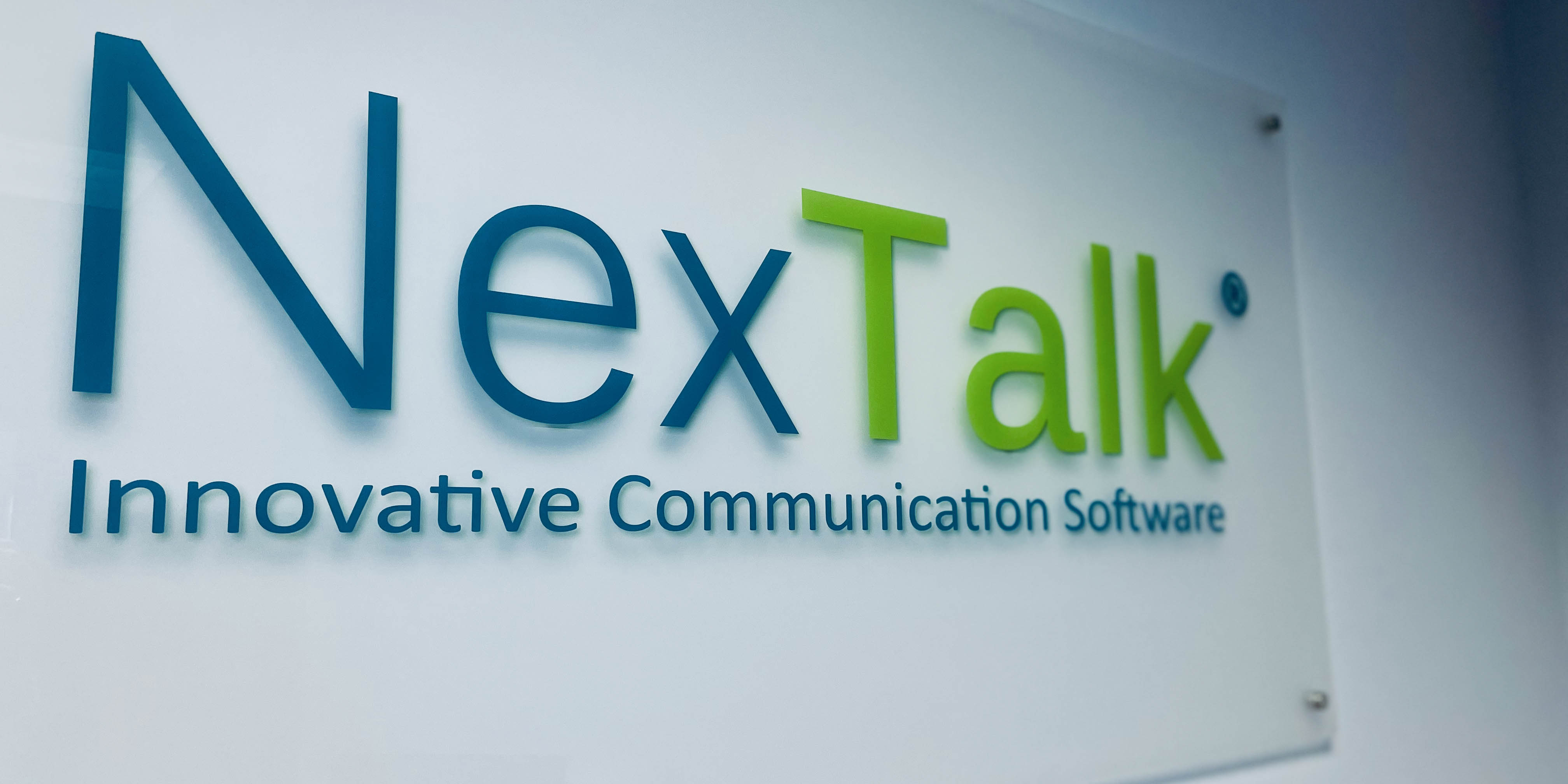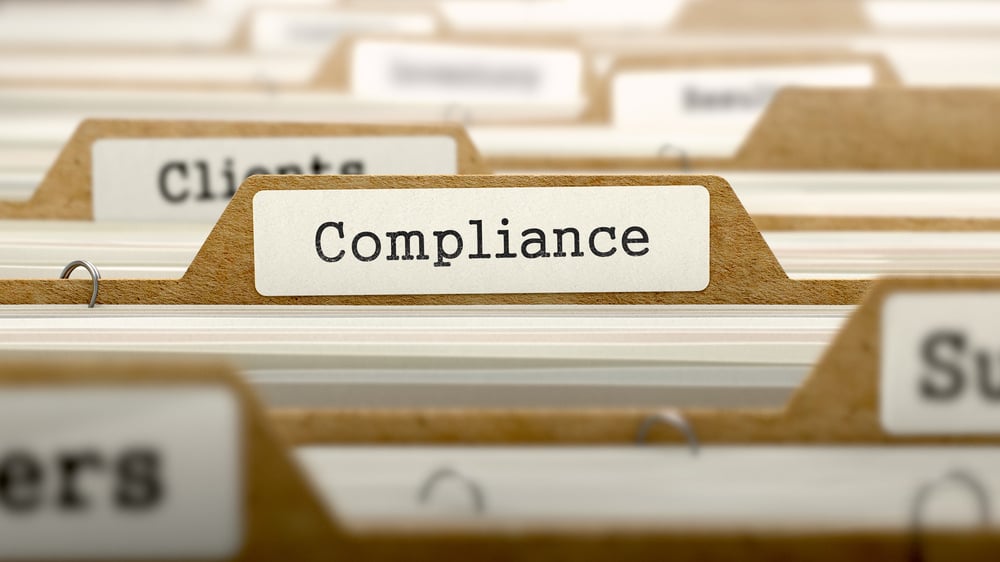10 Considerations for Direct Dial TTY in Contact Centers

Contact Centers are required by federal law to service Deaf and hard-of-hearing consumers through TTY. For many companies, this means routing the call to 711 relay operators, which can jeopardize the customer experience. So today, we are diving into the advantages and disadvantages of managing direct TTY dial-in numbers. Here are some points to consider if you are considering implementing a customer-friendly TTY solution in your contact center through a direct-dial partner, like NexTalk.
6 Advantages of Direct Dial TTY for Contact Centers
Providing a way for Deaf and hard-of-hearing to direct connect with your contact center agents with a TTY number may be something you've never considered, but it makes a big impact on the customer and your agents. Here are some factors to consider:
1. Efficiency
Direct TTY dial-in numbers streamline the communication process, allowing Deaf individuals to connect directly with the call center without having to go through additional steps or relay services. This means Deaf customers can initiate and end calls directly with agents, resulting in faster and more efficient communication. Direct TTY has been proven to reduce hold time for customers and improve call time for contact center agents, ultimately saving the company money.
2. Accessibility & Legal Compliance
By providing a direct TTY number companies ensure compliance with accessibility laws and regulations, avoiding potential legal liabilities and penalties tied to accessibility and third-party data breaches. More importantly, this helps ensure equal access to communication services for Deaf individuals, in accordance with accessibility laws and regulations, like the ADA.
3. Customer Satisfaction
Providing direct TTY dial-in numbers demonstrates a commitment to accessibility and inclusivity, which can enhance customer satisfaction among Deaf and hard-of-hearing customers. Direct TTY dial-in numbers provide Deaf individuals with more control over their communication. They can directly initiate and terminate calls without relying on relay operators, giving them greater autonomy and control over their conversations. This can empower Deaf individuals to have more direct, honest, and independent communication with contact center agents. But ultimately, it shows that the company values their needs and is proactive in providing accessible communication options, which can lead to increased customer loyalty and positive word-of-mouth referrals.
4. Data Privacy and Confidentiality
When using TTY services, Deaf individuals typically are forced to communicate through relay operators who act as intermediaries, transcribing their messages between TTY and voice calls. Direct TTY dial-in numbers can reduce the exposure to relay operators, minimizing the risk of potential data breaches or information leaks that may occur through relay services. And while data privacy is a multifaceted issue, providing direct TTY dial-in numbers can help protect the confidentiality of their communication, as they do not need to share their messages with relay operators who may have access to sensitive information. This can be particularly important when discussing personal or sensitive matters, such as medical, legal, education, or financial information.
5. Security
Direct TTY dial-in numbers can be set up with secure communication protocols, such as encrypted connections or other security measures, to protect the privacy of the communication between the Deaf or hard-of-hearing individual and the call center. This can help ensure that the communication is secure and protected from unauthorized access or interception, enhancing data privacy.
6. Brand Image
Offering direct TTY dial-in numbers can enhance the company's brand image as an inclusive and socially responsible organization. It illustrates the company's commitment to diversity, equity, accessibility, and inclusivity, which can enhance its reputation and attract customers who prioritize accessibility in their interactions with businesses.
4 Challenges of Direct Dial TTY for Contact Centers
Managing additional direct TTY dial-in numbers in a call center may require some logistical considerations, but it is generally manageable with proper planning and implementation. Here are some factors to consider:
1. Technical Implementation & Support
Setting up and managing direct TTY dial-in numbers may require technical infrastructure and configuration to support TTY devices and protocols. This may involve investment in hardware, software, and network configurations, which can be complex and require technical expertise. Managing additional direct TTY dial-in numbers may require technical support to ensure that the TTY devices and systems are properly configured, maintained, and troubleshooting any technical issues that may arise. This may involve coordination with IT personnel or technical support teams to ensure consistent operation of the TTY services.
2. Call Volume and Scalability
Managing direct TTY dial-in numbers may require considerations for call volume and scalability. Adequate resources, including TTY-capable agents and technical infrastructure, may need to be in place to handle the call volume, especially during peak times, to ensure timely and efficient communication with Deaf callers.
3. Call Routing
Setting up and managing additional direct TTY dial-in numbers would require proper call routing to ensure that calls from Deaf and hard-of-hearing individuals are routed correctly to TTY-capable agents or specialized TTY queues. This may involve configuring call routing rules, routing calls based on the dialed number or other criteria, and ensuring that the call center's infrastructure and systems are properly configured to support direct TTY dial-in numbers.
4. Agent Training
Call center agents may require specialized training to effectively communicate with TTY users, as TTY communication may have its unique protocols and conventions. This may involve additional training and resources to ensure that call center agents are proficient in handling direct TTY calls.
How a Reliable SaaS partner can make providing Direct Dial TTY easy.
Luckily for contact centers, the barriers to switching to TTY are made easy by partners like NexTalk. NexTalk is a cloud-based accessible communication platform that provides contact centers with integrated TTY (Teletypewriter) services for Deaf and hard-of-hearing individuals. Nextalk's SaaS solution can simplify the implementation and management of TTY services by offering a user-friendly interface, centralized management, scalability, compliance, and additional features, making it easier for call centers to provide effective communication services to agents and customers. NexTalk works directly with contact center architects to implement secure TTY solutions and provide exceptional customer support to your Deaf and hard-of-hearing customers. Here are the reasons why NexTalk is the best solution. You can read more about how their products and processes make implementation easy.
Summary of Direct Dial TTY
In summary, while direct TTY dial-in numbers can offer some advantages over relay operators in terms of efficiency and autonomy, they may also involve their own challenges related to technical implementation, agent training, and scalability. The ease of managing direct TTY dial-in numbers versus relay operators would depend on the specific requirements and resources of the call center and the capabilities of the vendor, like NexTalk, they select to implement these services. A proper partner, who delivers planning, training, and technical support can help ensure smooth implementation and management of direct TTY dial-in numbers and improve your service levels for Deaf and hard-of-hearing individuals.



